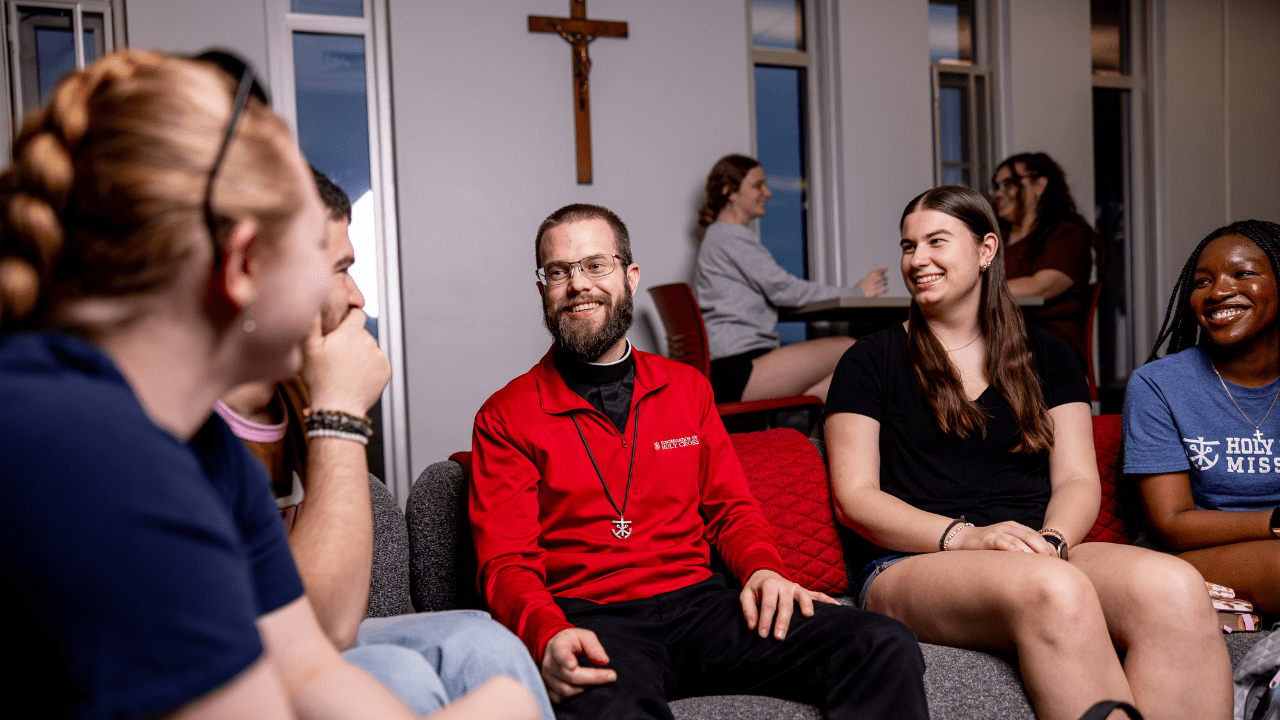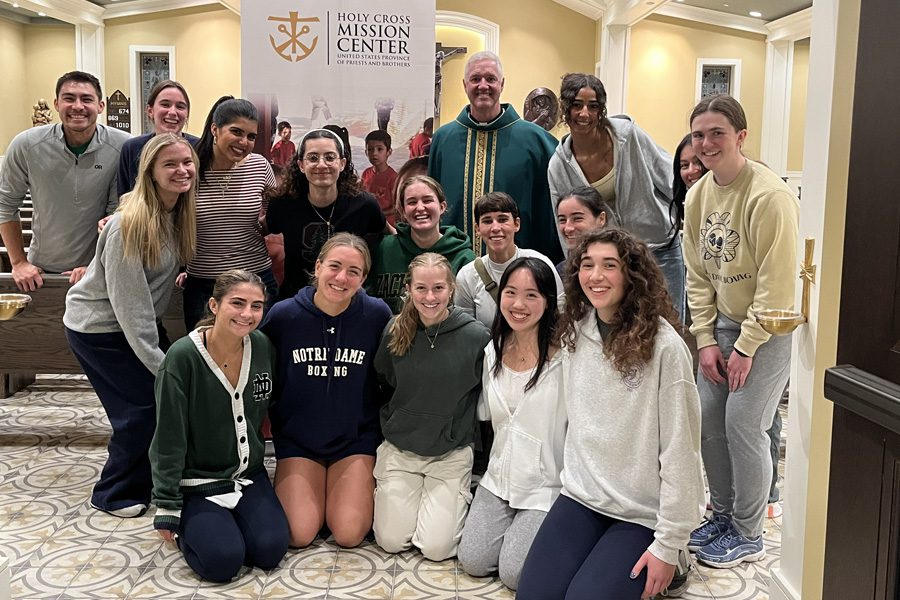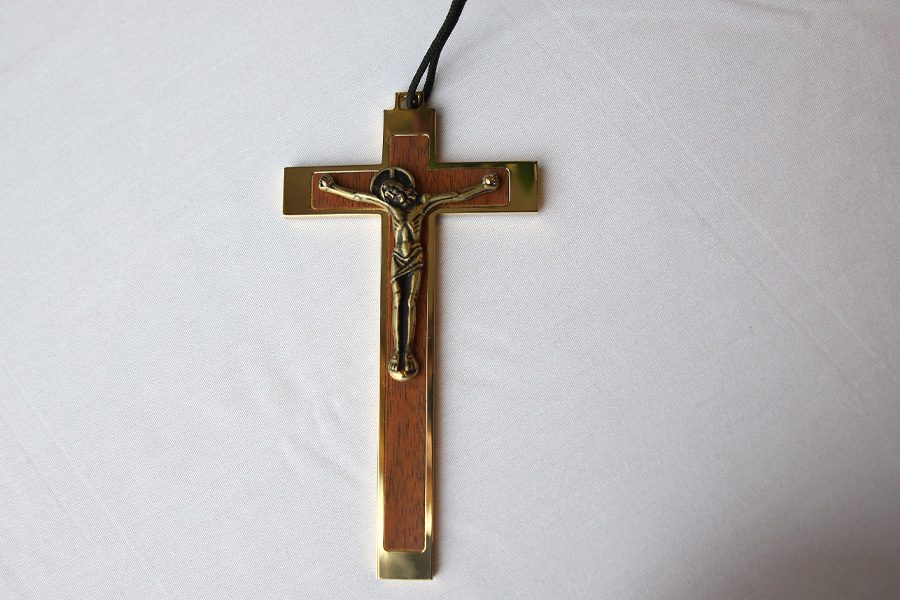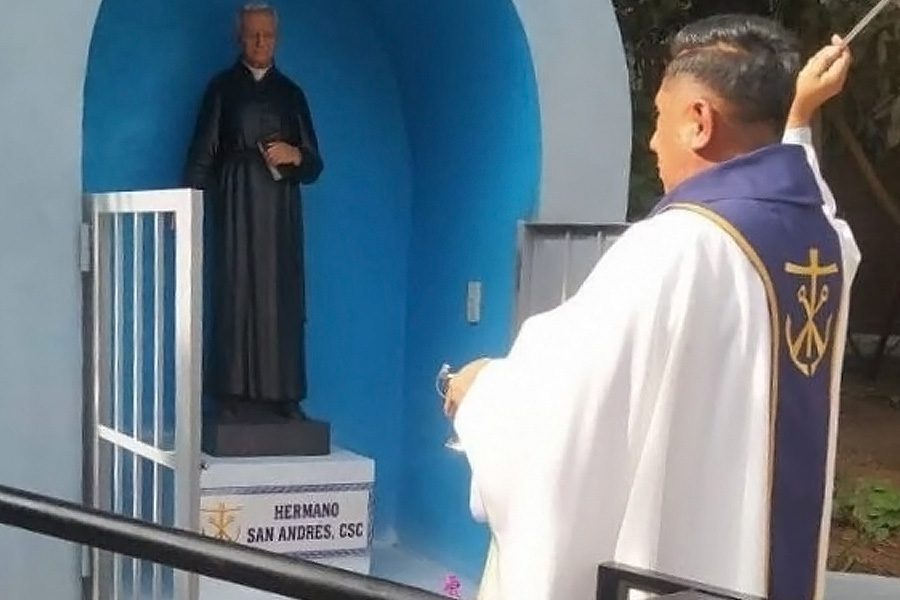“Let the dead bury their dead. But you, go and proclaim the Kingdom of God.” (Luke 9:60)
This story from the Gospel, where Jesus has turned his direction towards Jerusalem and is gathering followers along the way, resonates with my experience as a disciple and as a missionary. Two potential followers of Jesus say that they will follow Jesus just as soon as they take care of some business at home. And Jesus’ reply seems a little harsh, “let the dead bury their dead.”
But how often I find myself saying something much like these potential disciples, “Once we get past midterms, things will lighten up and I can focus more on prayer then.” Or, “once we get to winter break, I’ll have more time to dedicate to reading Scripture.” Or, “next year I will build in more time for attending to the poor because my schedule should be lighter.”
The future always seems to hold some better time for living into the Gospel. And it always seems to be around the next corner.
I hear God saying to me, “Let the dead bury their dead. You don’t know how long this waiting period may be. You could be waiting to complete your tasks until you have no time left to offer.
But you, go and proclaim the Kingdom of God. Don’t wait. Do it now. There is no better time to start living the Gospel than today. Make the time for prayer. Go to the soup kitchen and talk with Jesus there. Invite the person to your home who has nobody else to celebrate Thanksgiving with. Now is the time to awaken from the sleep of inhumanity. Now is the time to make the Gospel come alive. Now is the only time you are given to offer back to me.”
At this point in the semester at a college, I find that routine is the name of the game. I find myself getting lulled into a sort of slumber, ticking off the tasks that must be completed. The excitement born from the hopes of the start of the semester have worn off. The temptation is to look ahead to the breaks and just hunker down for this stretch.
I wonder if some of you may resonate with the passage in the same way it resonates with me. Our Holy Cross Constitutions say that there is no routine that Jesus cannot transfigure. I pray that both my routine and yours may be transfigured to become a living and active witness to the Good News that God is with us.
Br. Jimmy Henke, C.S.C.
Published November 12, 2025
Photo of Br. Jimmy Henke C.S.C. and students provided by King’s College




